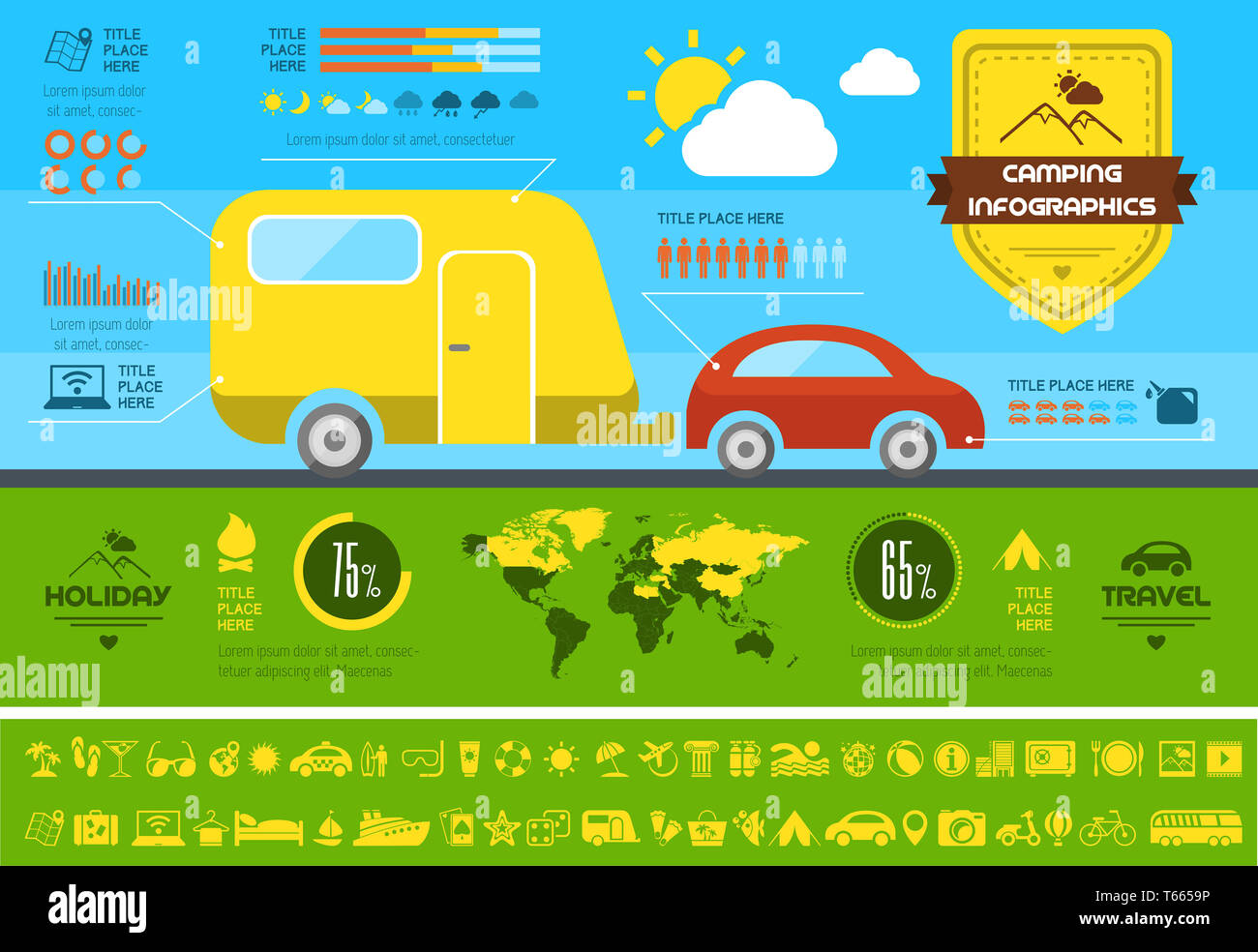How To Start An Online Camping Tents Operation By Selling Camping Tents
How To Start An Online Camping Tents Operation By Selling Camping Tents
Blog Article
Does Your Backpacking Tent Need a Footprint?
An impact is pricey and includes additional weight to your knapsack. It additionally isn't specifically sturdy.
How often should you waterproof a canvas tent?
Inevitably, whether or not a tent footprint is necessary depends on where and exactly how typically you're camping. Generally, it's a great concept to make use of one if you camp on unpleasant surface areas or in damp problems.
Outdoors Tents with Lower Deniers and Water Resistant Scores
Tents with lower deniers and waterproof ratings tend to be lighter, but they can additionally be a lot more vulnerable. They may need more frequent fixings and have much less indoor room than harder designs. If you're a casual backpacker who suches as to take a trip rapid and light, this could be great; nonetheless, even more knowledgeable hikers know that sacrificing durability can feature huge repercussions down the path.
The denier and water resistant rating of a tent's cover, rainfly, and flooring can assist you identify its livability. Search for higher-denier fabrics on the canopy and rainfly, along with taped joints that assist stop water from leaking through stitches. Some manufacturers also make use of warmth and sealer during building to create a stronger joint; these are called bonded seams.
The livability of a tent can additionally be figured out by its floor dimensions and ability. An outdoor tents's flooring ought to be a little smaller sized than the footprint to prevent water from pooling under the sanctuary.
Outdoors Tents in Rough Terrain
Many backpacking outdoors tents consist of an impact developed specifically for their version, which aids guarantee a proper fit and shields the outdoor tents's base from wetness and sharp objects. Other manufacturers market global footprints that can be cut or folded up to match an outdoor tents's measurements.
The sort of surface you'll come across is another vital consideration for choosing a tent. As an example, if you'll be camping in a canyon or gully, search for a shelter that can take care of strong winds. These conditions develop disturbance that can make the difference in between appreciating your campground or enduring discomfort.
The capacity and optimal height of an outdoor tents provide you a good concept of its livability, yet extra aspects to think about include vestibules (the area of the rainfly covering the doors) and total storage area. For example, throughout our winter screening of the Marmot Tungsten, its generous 93-by-82-inch flooring quickly handled 4 sweaty backpackers and their puffier shoulder period sleeping bags while still leaving enough space for equipment and individuals.
Camping Tents in Wet Issues
Even if your tent shows up dry, wetness lurks in the spaces and crannies. Over time, it can break down the fabric. That's why it's so vital to make the most of rest days to deep-clean your camping tent how to put up a tent and its components, such as zipper cellular linings, risk loops and flexible webbing straps.
Additionally, ensure to pitch your outdoor tents in a flat location, not a divot or concave spot, to ensure that ground water doesn't gather in between the camping tent flooring and footprint or tarpaulin. And if you're using a footprint, take into consideration a custom-cut one developed for your outdoor tents's floor plan. It will not collect rainwater the means a generic ground cloth or tarp can.
Method establishing and taking down your outdoor tents at home before you took off, to get a feel for just how quickly and effectively you can do it. Additionally, practice surveying your tent in different terrains to see just how easy it is (or isn't) to do in bad weather.
Camping Tents in High-Rise Situations
Camping tents vary in floor size and livability. As an example, a huge tent with double doors and vestibules like Marmot's Tungsten can handle four backpackers without calling for gymnastics to get in and out or to keep equipment.
The minimum path weight requirements is the best spec to contrast models, as it consists of the bare basics: tent body, rainfly and poles. Yet keep in mind that the specification excludes tent risks, individual lines and stuff sacks.
Many backpacking outdoors tents can stand up to a light summer storm, however some can be swept away by gale-force gusts. Seek a model with strong posts, an elevated bathtub-style flooring and joint taping to reduce the possibility of water permeating via. Pricier styles likewise often tend to include stronger materials that can withstand the effect of particles and various other pressures.
How cold is too cold to sleep in a tent?
